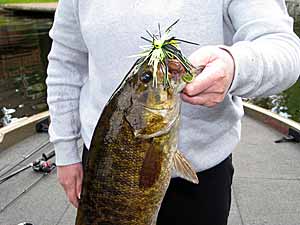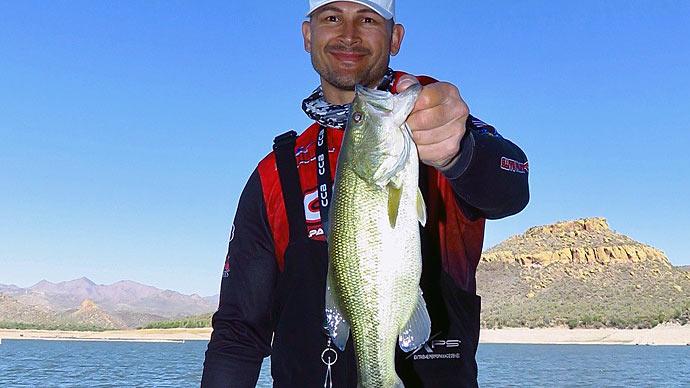
In previous writings, hoping to add to your angling knowledge, I wrote about fish location, its importance, and the factors that influence it. Once you accept that you can't catch them if they aren't there, you've overcome the most significant obstacle many anglers face. Another common obstacle is that no lure, bait, or presentation will cause fish to change their location. Such a lure would need to have the ability to change the environment. Simply put, no magic lure will catch fish every time, regardless of where it's presented.
If you accept this reasoning, why do you struggle to catch fish regularly? First, take heart that even the best anglers have days when, despite their experience and knowledge, they can't get the fish to cooperate. Even a marine biologist can be humbled by these pea-brained creatures.
Another fact one must accept is that a fish's activity level or mood can change quickly. Often, one is a result of a change in the other. So, let's break down those activity levels, how to recognize them, and how to use that information to our advantage using presentations geared to their mood. Just as you need to be aware of conditions that will affect fish location, you also need to be aware of an attitude change on their part.
Generally speaking, there are three levels of fish activity: Active, Neutral, and Negative.
ACTIVE is, as the word implies. These fish are feeding, on the move, or currently aggressive. Hopefully, you've run across these fish on numerous occasions. It's likely happened more often than you realize. You weren't looking for it to happen, so you failed to recognize that it had. When we, as humans, are active, we search for what we desire. Fish do the same.
NEUTRAL is the level that the fish are in most of the time. They're not hungry, or aggressive, or resting. The majority of our presentations are designed to target fish in this mood. Not willing to chase down prey, they are like a man after eating a satisfying meal. He sits contentedly, ignoring his wife and his annoying neighbors or offspring. Anything outside his reach isn't worth the effort.
NEGATIVE fish are said to have "lock jaw," and this condition results from one or more negative environmental factors. Cold fronts, the presence of predators, or the introduction of something within their environment forces them to shut down. Just as feeding is at the bottom of a bass' to-do list when it's time to spawn, there isn't much a fish needs to do in this situation.
Visual clues help you figure out what level the fish are at. One is how you see the fish positioned on your electronics in relation to nearby cover or structure. Active fish will hang loosely around nearby cover, and with a trained eye, you may even be able to see activity. Neutral fish position themselves closer to or suspend away from the cover or structure at the same depth. Negative fish will burry themselves in vegetation, under laydowns, or on the bottom, concealed by the depth or darkness of the bottom itself.
Another often overlooked clue is in the fish that you've just caught. Say you're drop-shotting, and the action has been slow and the bite subtle. Maybe you're cranking an extensive break line, and the only fish you've caught was barely hooked on the rear treble. Your next bite is unmistakable. A solid thump and you find your lure deep in the fish's mouth or hooked by the front treble. The activity level of those fish went from neutral to active, and if you can recognize that change, you can take advantage of it. You could continue to fish with your pet drop-shot or big, cumbersome crank, but changing to something more appropriate for the condition (activity level) is more beneficial. Just the opposite can and does happen. You've been getting bit a few times an hour, maybe even catching, and then two hours go by with nothing but a few bug bites. You guessed it, something caused the fish to shut down completely, and they're now in a negative mood. They've likely been there for a while, and you've just been hit on the head with an awareness hammer. That's when you need to hit the fish on its head, stick your offering in its face (not close to it, in its face), or run your noisy, irritating lure past it repeatedly in hopes of getting a reaction.
There are lures and presentations tailored to these different activity levels, and many will work for all three with a simple adjustment in speed and proximity to the fish. With a change in activity level comes a change in the strike window. Learn to recognize fish activity and remember that, like their location, it can change quickly, and which direction it takes is up to you to discover. It's like the mood swings of your other half (if you have one). You may not know what you did to cause them, but if you become proficient at recognizing them quickly, you can be ready to take action instead of waiting to be hit by that frying pan.




